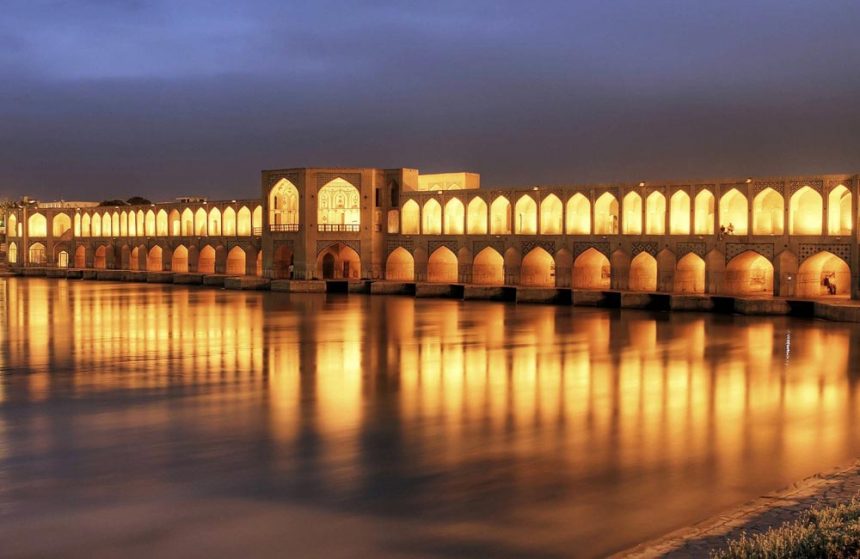Introduction
Located the main routes connecting Iran’s north to south and east to west, Isfahan, with a population of just over 4 milion, was once among the largest cities in the entire world! Its main years under history’s spotlight was from around 1000 to 1720 AD; especially during the Safavid Dynasty when it became the Persia’s capital for its second time.
Featuring magnificent examples of Persian Islamic architecture in structures such as mosques, bridges, palaces…etc. Isfahan is one of Iran’s best renown and most culturally-dense destinations.
The Breathtaking Royal Palace of Chehel Sotoun
Built around 400 years ago, Isfahan city’s magnificent Chehel Sotoun Palace (Forty Pillars) is one of the most beautiful destinations in Iran..
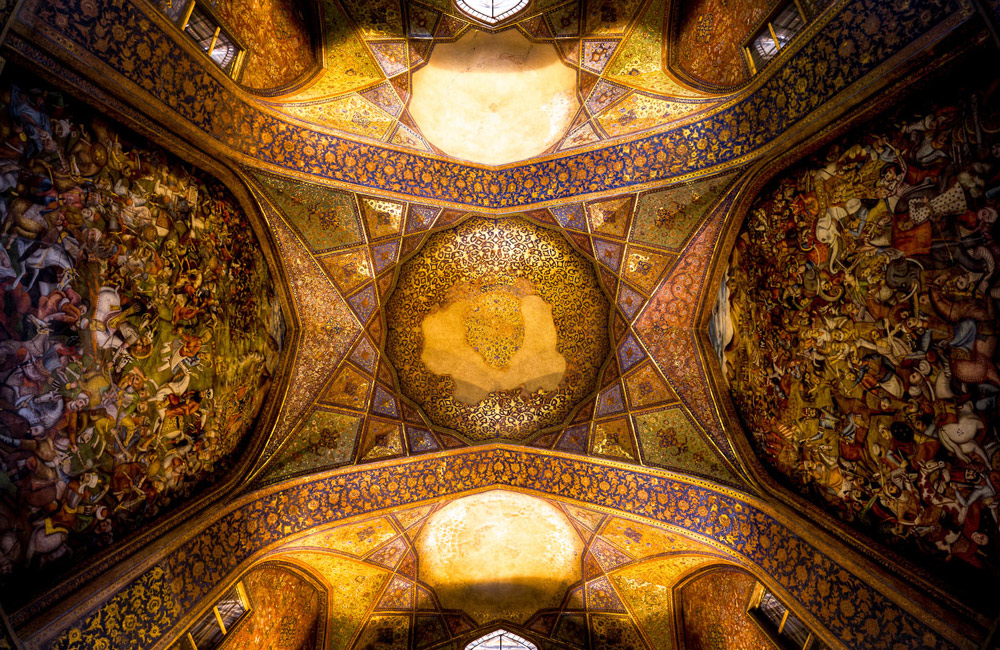
This antiquated royal palace served as the imperial family’s place of leisure and entertainment. Encompassed by a lush garden of flowers and hefty tall trees, the palace awaits visitors at the end of the courtyard pool.
The beautiful reflection of its façade and twenty pillars in the pool in union with the structure, itself, is what inspired the name Forty Pillars. Read the full article here.
The Glorious Old Jameh Mosque in Isfahan
Indeed the oldest congregational mosque in Iran, the awesome Jameh Mosque in Isfahan reveals over 1,200 years of Iranian Islamic architectural history.
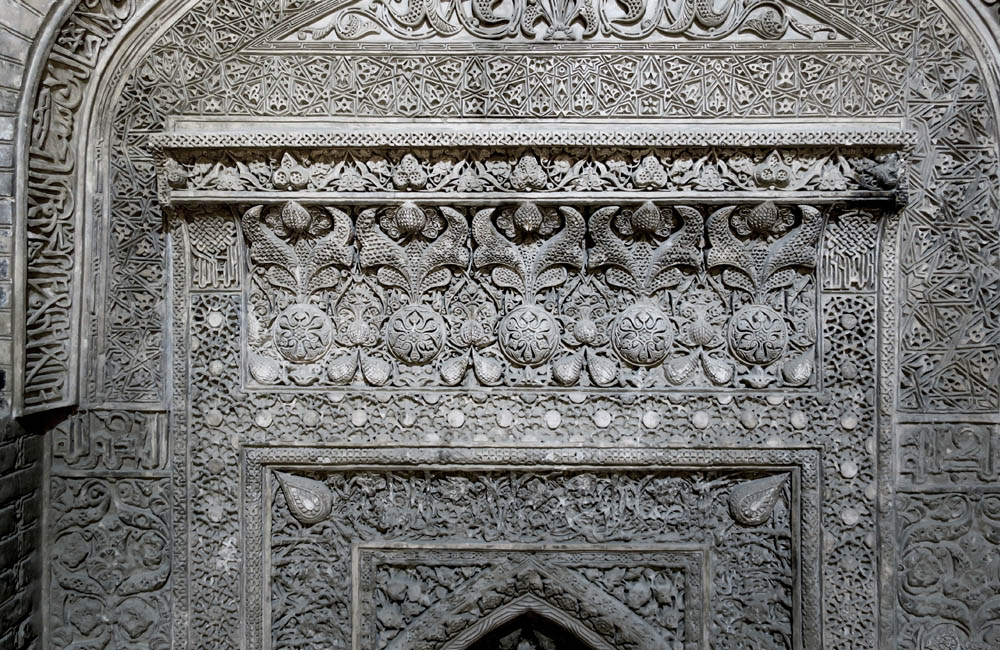
Spanning over 20,000 square meters of area, this beautiful holy place of worship was initially founded in 841 AD. After its original construction, its structure was modified multiple times throughout out the proceeding eras.
As an official UNESCO World Heritage Site, this gorgeous piece of Iran’s history should not be missed by any tourists and travelers visiting Iran! Luckily, it’s within steps of Isfahan’s Grand Bazaar, making it the perfect place for a change of atmosphere from shopping! Read the full article here.
The Royal Khaju Bridge (Pol-e Khaju)
Built at the peak of the Safavid Dynasty in 16th century Iran, by order of Shah Abbas II, the illustrious Pol-e Khaju (Khaju Bridge) is a very unique gem in the world of Iranian and global architecture.
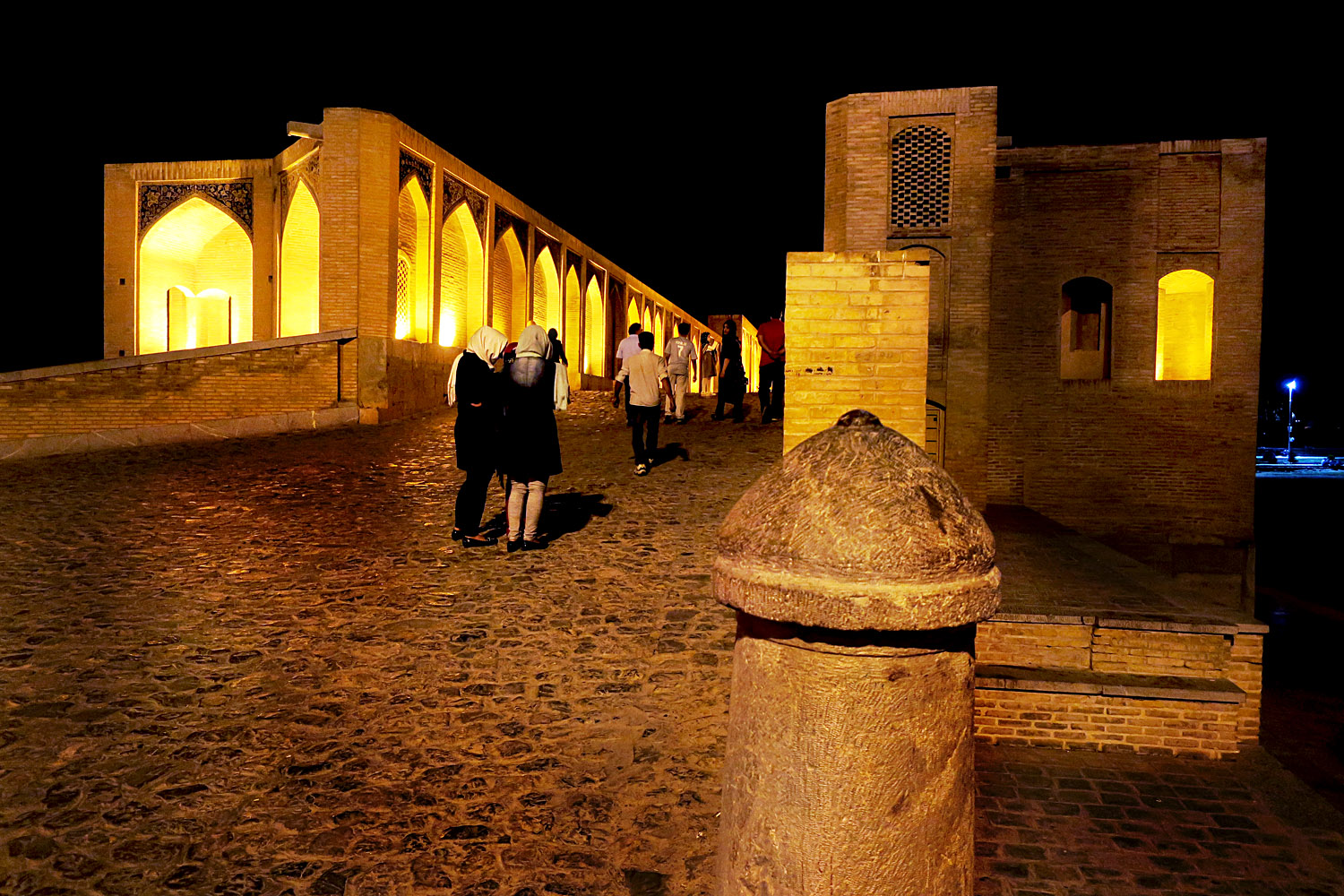
Since it was built, travellers and visitors from all across the nation, and the world, have come to admire its beauty. This masterpiece served as a dam, bridge, public meeting place and as a leisure spot for the Shah.
The 133 meter-long bridge is comprised of two storeys. The top floor has an open central passageway that was intended for the passing of horse carriages and carts… Read the full article here.
The Extravagant Naghsh-e Jahan Square
Certainly on the top 10 list of the must-see places in Iran, Meidan-e Emam or Naqsh-e Jahan Square, is one of the most beautiful and elegant plazas that’s truly fit for royalty.
Built by Shah Abbas I as the sparkling eye of the Persian Empire’s new capital during the Safavid era, this enormous and intricately decorated square was the center of Isfahan’s hustle and bustle.
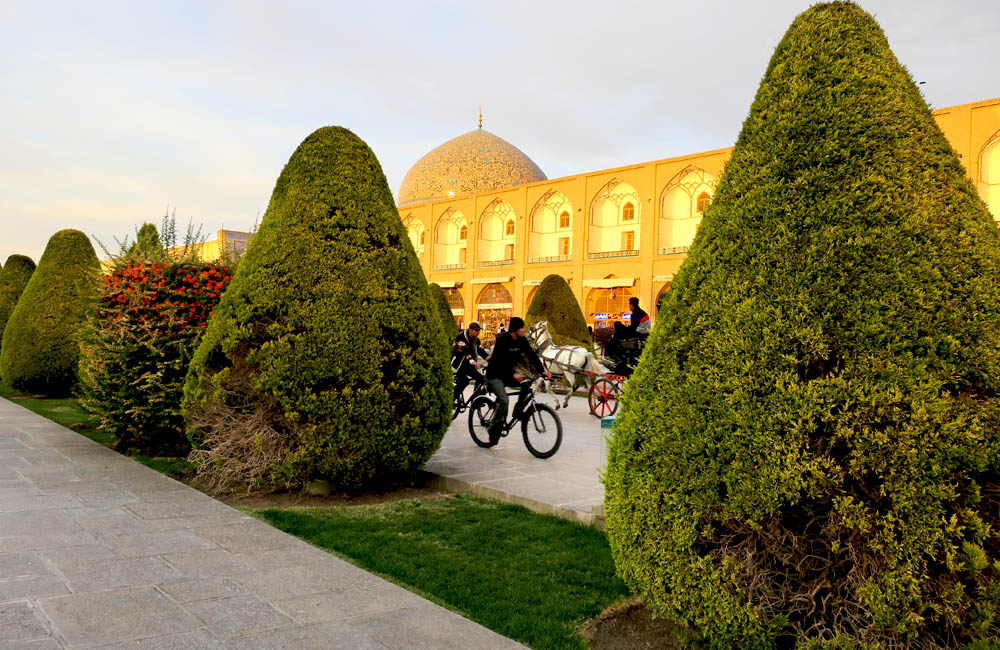
Merchants from many nations, Portugal in the west and spanning all the way to China in the east, would come together to present their goods to customers and one another.
Daily, the square would be filled full of tradesmen, shoppers and entertainers of all sorts! Quite the lively environment! This square is also an official UNESCO registered World Heritage Site. Read further on this imperial playground here!
The Awe-Inspiring and Captivating Vank Cathedral
A traveller’s dream, birthed post-disaster after the Ottoman war very early 16th century, the extraordinary Vank Cathedral (former Amena Perkich – ‘All Saviors Cathedral’) was established by Armenian immigrants settled by Shah Abbas I in Isfahan.
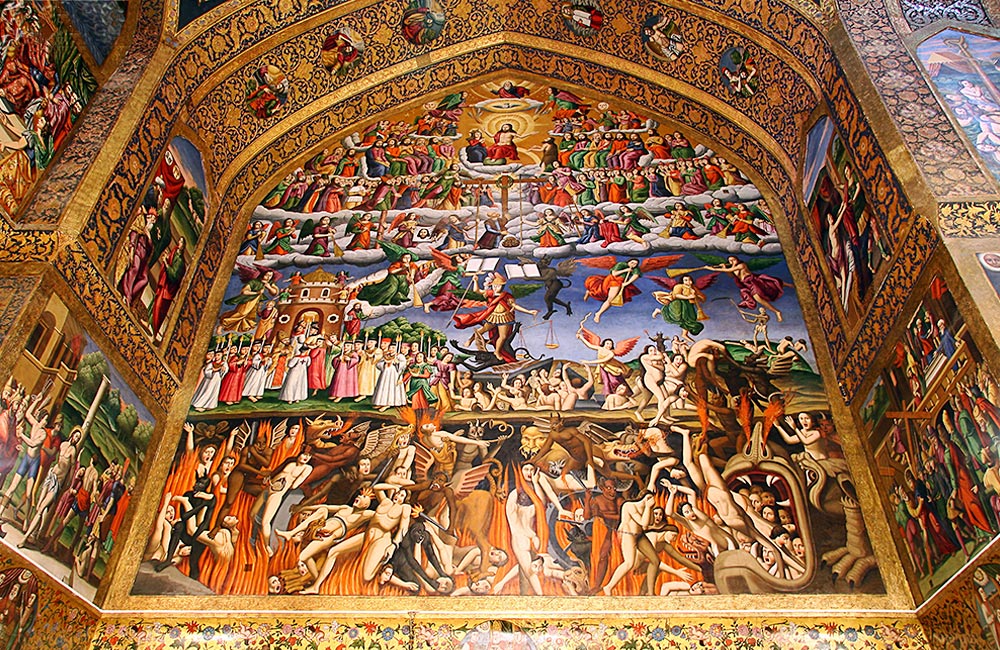
It is one of, and if not the, most elaborately decorated churches in Iran. This antiquated cathedral stands as a prime example of not judging a book by its cover.
An extremely simple and modern brick exterior catches its visitors off guard. Over fifty years of meticulous work by, the finest, Persian artists covers every centimeter of the church’s interior! Read and see more about amazing holy place here.


